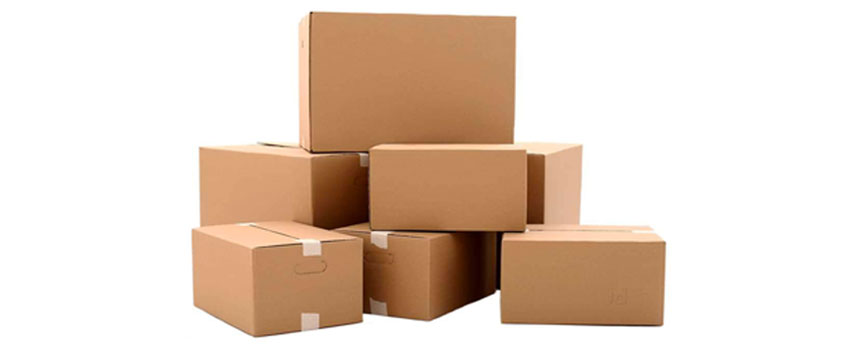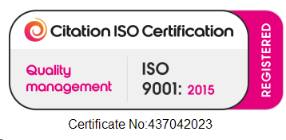Packaging Material – The sole purpose of packaging is to emphasise on the purpose of moving goods and objects from one place to another. Another purpose would be to guard the food from different hazard like germs, heat, moisture loss or moisture devour etc. to secure the contents of the package while in the process of distribution. For all kinds of packaging, there are differing types of packages.
The different sorts of packages are often classified into two groups:
Retail containers: These containers protect food or the content from different damages and at an equivalent time they advertise the merchandise for retail sale. For instance, glass bottles, sachets, over wraps, plastic bottles, metal cans, etc. they will be used for home storage also.
Shipping containers: These containers contain and protect food and other items during distribution and transport or the other marketing function.
Industrial packaging materials are different from the normal packaging materials. Additionally to material, attractive design also preferred. Packaging definitely comes in a lot of various different forms; it is supported by requirements, which depends on the availability chain and also marketing needs and other criteria. Packaging is extremely essential to each and to any sort of industry. Whether you’re within the food business, clothes manufacturing or you’re within the technology industry, packaging is crucial. It protects the merchandise from any potential damage, which will deem the merchandise useless. Thus an honest packaging system may be a must. Having a high-quality taping machine and a case erector will certainly aid in achieving the very essence of packaging that’s to secure the merchandise and to stay its original state or how it had been after production. Packaging will only vary in every industry counting on how the merchandise are going to be marketed. Different industries will certainly use differing types of packaging but the target will still remain constant. As most businessmen would always say packaging are often the differences in successfully shipping a product to the market in one piece or in pieces.
Paper & Board
Paper is widely used because it’s low cost, holds its shape, and is definitely decorated. Commercially available paper is predominantly made up of cellulose fibre from pulped wood, but also can be made up of other sources like cotton, straw, sisal and hemp. All are recyclable. Paper and board are usually measured by weight or calliper. Material weighing but 250 grams per square meter (gsm) is mentioned as paper, and material at about 250 gsm is mentioned as paperboard. Paper also can be laminated to extend strength or provide barrier properties. The materials used are often gloss or matt finished or embossed. Other materials are often laminated onto paperboard e.g. foil or plastics. Packaging which is produced using paper and board includes cartons, labels, rigid boxes, leaflets, tubes, corrugated cases and pulp packs.
Glass
Commercially available glass is formed from silica, washing soda and carbonate. Other compounds are often added to offer colour, sparkle or heat shock resistance. Glass may be a popular and useful packaging material because it is: Inert, Barrier to moisture and gas, Pressure immune to a degree, are often moulded into a spread of shapes, Transparent making the merchandise visible
Glass is additionally highly recyclable; the foremost obvious drawback is fragility and therefore the danger of broken glass. The transparency of glass is often a drag where the merchandise is degraded by light. Glass are often directly decorated but is most ordinarily labelled.
Metals
All packs are recyclable. Tin-plate is tin-plated steel and therefore the commonest material utilized in food cans. Steel also can be used un-plated or with coatings. Aluminium is employed for drinks cans, closures, trays, tubs and tubes. As foil it are often utilized in multi-laminate constructions or as a bubble pack or container seal and other elements.
 Plastics
Plastics
This is the foremost common packaging material and, at an equivalent time, one among the foremost difficult to eliminate . The factors common to all or any plastics are that they’re light, strong cheap to manufacture. it’s for these reasons that they’re used such a lot , as an alternate to cardboard glass packaging materials.
Heat sealable
The relative disadvantages of plastics are typically polymer specific and therefore the correct choice of polymer can to a practical degree mitigate the weakness. Factors to think about are not any plastic provides absolute gas and moisture barrier, Plastics melt at temperatures starting from 650°C to 2,300°C, Chemical resistance varies, Additives in plastics can contaminate some products.
Low Density is used for flexible tubes, film and a few bottles. It’s a coffee freezing point and as a movie relatively poor oxygen and moisture barrier.
High Density is widely used for bottles and tubs. Higher freezing point but not oven able. Reasonably wide chemical resistance, which may be enhanced by fluorination. Not a sufficient gas barrier for carbonated drinks.
Linear rarity is Predominantly used as a movie or as a sealing layer on multi-laminate materials for bottle seals, sachets, pouches, and bags. Available in expanded form for wads.
Polypropylene is widely used for closures for its ability to make a hinge, which resists cracking and splitting. Available in expanded form for tubs and trays. Immune to a comparatively wide selection of chemicals.








